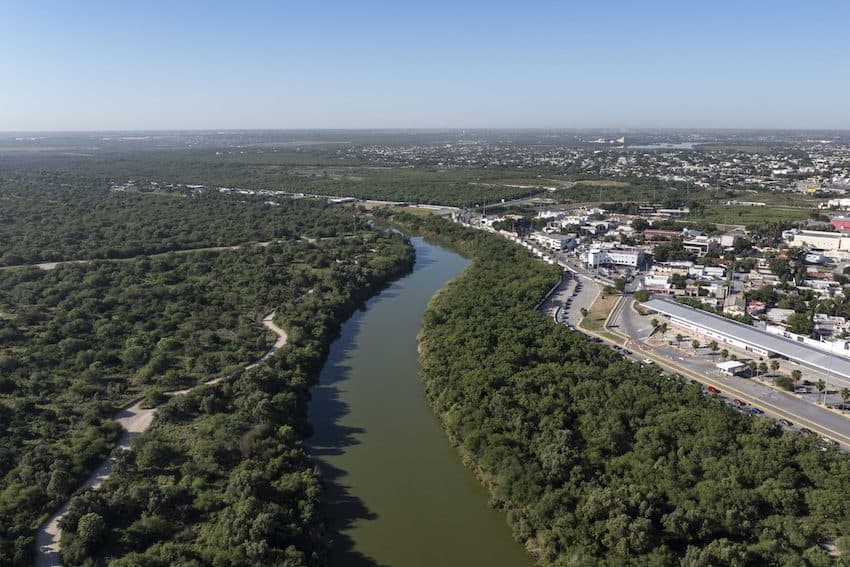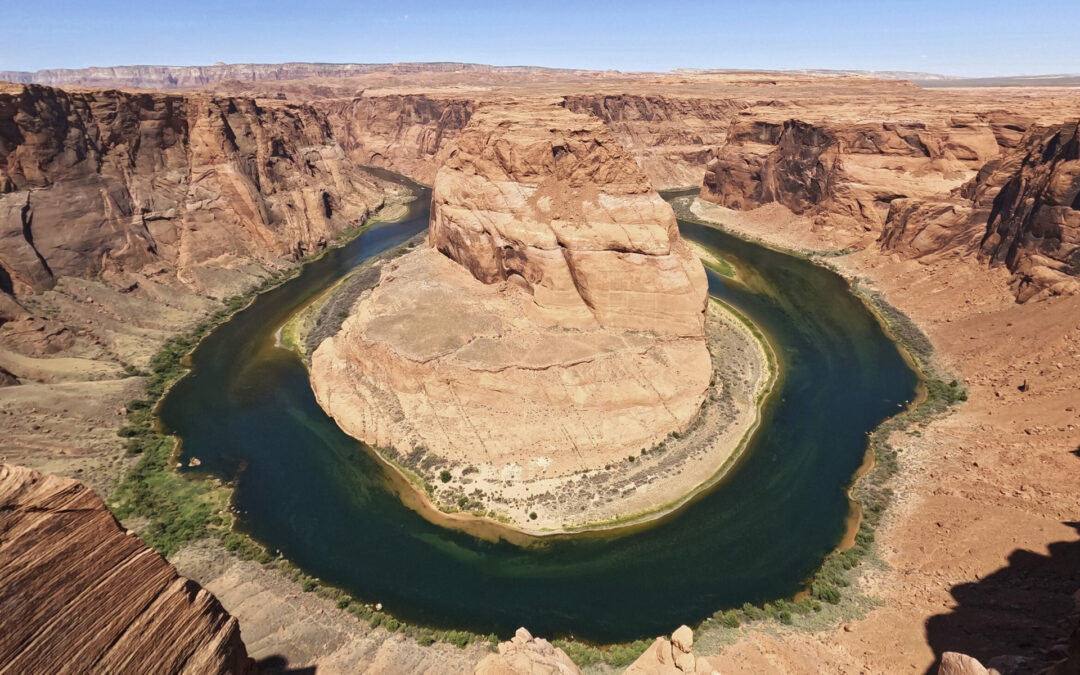A look at the major developments shaping water policy across the Colorado River Basin
Seven states miss deadline on Colorado River management plan
The seven states that rely on the Colorado River — Arizona, California, Nevada, Colorado, Utah, Wyoming, and New Mexico — failed to reach a new water management agreement ahead of the federal deadline on November 11. The missed deadline marks the latest setback in efforts to create operating rules before the current guidelines expire in 2026.
Officials from the Upper Basin states of Colorado, Utah, Wyoming and New Mexico described their work as a conceptual agreement but acknowledged they do not have a draft detailed enough to release publicly. Leaders in the Lower Basin states of California, Arizona, and Nevada voiced similar concerns about the lack of concrete progress.
The Colorado River supplies water to roughly 40 million people and supports millions of acres of farmland. Reservoirs remain at historically low levels with Lake Powell reported near 29% of capacity. Much of the tension centers on how to share reductions during shortages. Upper Basin states argue they should not be responsible for meeting downstream delivery obligations under current hydrologic conditions while Lower Basin states say enforceable cuts are essential.
Environmental groups warn that continued delays could further strain ecosystems communities and large infrastructure that depend on the river.
U.S. senators introduce bill to restrict water deliveries to Mexico
A separate development emerged this week as a group of U S senators introduced legislation aimed at limiting water deliveries to Mexico under the 1944 treaty that governs cross border river flows.
Under the treaty the United States is required to deliver 1.5 million acre feet of Colorado River water to Mexico each year. Mexico in turn must deliver 1.75 million acre feet to the United States over a five year cycle. Reports indicate Mexico ended the most recent cycle owing more than 865 thousand acre feet.
The proposed bill would require minimum annual deliveries from Mexico direct presidential review of certain bilateral engagements if obligations are not met and allow the United States to suspend involvement in Mexican sectors that benefit from U S water.
The legislation reflects rising pressure on treaty compliance as both countries face tightening supplies in the basin.

A common theme: scarcity and governance under stress
Both developments point to a broader trend as declining river flows and decades of overallocation place growing strain on the legal and political frameworks that guide Colorado River management.
The river’s foundational rules were created during wetter periods in the early twentieth century. Today reduced snowpack higher temperatures and sustained drought have left less water to divide while demand from cities farms and industry continues to rise.
As the supply gap widens states federal agencies and international partners are working within governance structures that are increasingly difficult to maintain. The coming year is expected to bring heightened federal involvement continued interstate negotiations and closer attention to cross border water obligations as policymakers search for a path that can hold under rapidly changing conditions.

